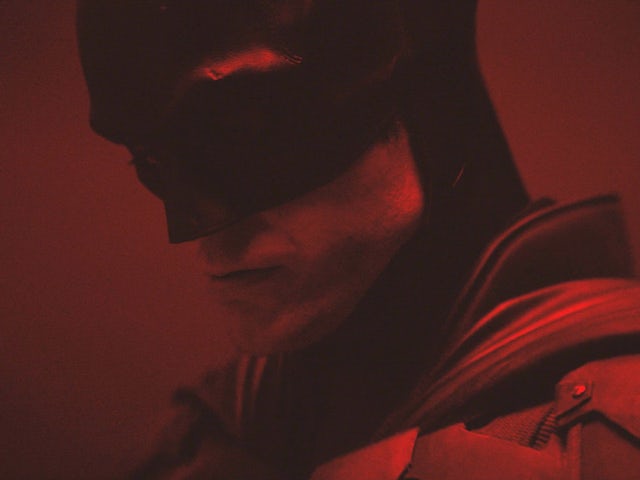
The new Matt Reeves' The Batman presents Gotham City in a way that has never been seen before. Together with cinematographer Greig Fraser, the city has been created in a way that verges off the vague metropolitan supercity of Christopher Nolan or the highly stylized city from the Joel Schumacher films.
In Reeves' film, Gotham City is tied to its story and characters. Bruce Wayne, played by Robert Pattinson, is incredibly sullen in this film, burdened by his family's legacy. He attempts to stop a number of murders done by the Riddler, played by Paul Dano, hoping to unmask the corruption in the city. The film also takes inspiration from the films of David Fincher since it places shadows all over the city and uses a Stygian colour palette.
The DC character of Batman was first brought to life in 1939 by Bob Kane and Bill Finger. Since then, Batman has gone to be one of the most popular superheroes in history. Having had multiple film adaptations, animated TV shows, Batman has earned over $4.4 billion in worldwide movie grosses. The best Batman movie is considered to be The Dark Knight, released in 2008, starring Christian Bale and Heath Ledger. Batman has also starred in other movies such as Batman v Superman and a number of Justice League movies. The DC Comics character has also been adapted to various video games such as Batman: Arkham Knight in 2015 and Lego Batman: The Videogame in 2008. The casino industry also draws inspiration from the superhero comics by releasing video slots online which mirror a number of DC characters, including the Batman slot by software giant Playtech.
In the new movie, the dark atmosphere of the city is a projection of the film's central hero and antagonist. The Riddler looks at Gotham as a corrupt version of his former self, full of broken promises. Similarly, Bruce Wayne is haunted by his past. In fact, in film noir, the black atmosphere symbolises an internal struggle and cynicism held by the main character. In The Batman, Bruce is pessimistic about the state of Gotham City as he sees the crime rates skyrocketing. Gotham is suffocating begging for Batman to come and save it.
The Batman explores a shattered Batman that no other version has had to deal with before. The noir aesthetic is the perfect choice for this Batman, finally being able to show off his investigative abilities. However, the aesthetic also comes with limitations.
Subjective angles and tight frames are not elements that make up a successful big-budget Hollywood blockbuster. Reeves remains focused on visualising Batman's internal struggles, even in his action sequences. This results in sometimes scenes becoming disoriented.
Reeves pushes the noir aesthetic beyond its limitations and, most times, there is no connection to the detective work that Batman strives to commit.
The Batmobile chase is chaotic, and it seems to get lost in the noir aesthetics, ending up nothing more than a disorienting scene.
In the end, Reeves' consistency is admirable. For the vast majority, the noir aesthetic works perfectly as intended, gliding in seamlessly to place the audience inside the mind of Batman who is tormented by his past and the city surrounding him. Together with Fraser's heavily shadowed cinematography and Chinlund's production design, there's a new life and style to Gotham City. Reeves is unafraid to try new things with his hero and his approach is interesting and anything but safe.
Batman's noir aesthetic...is it a blessing or a curse?
Batman's noir aesthetic...is it a blessing or a curse?
Collect / Create New Data
Share this article now:



